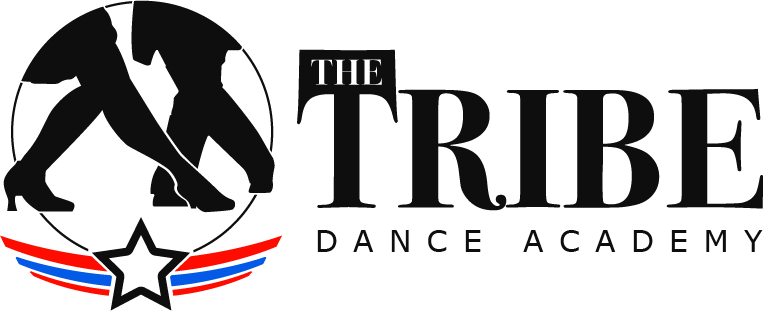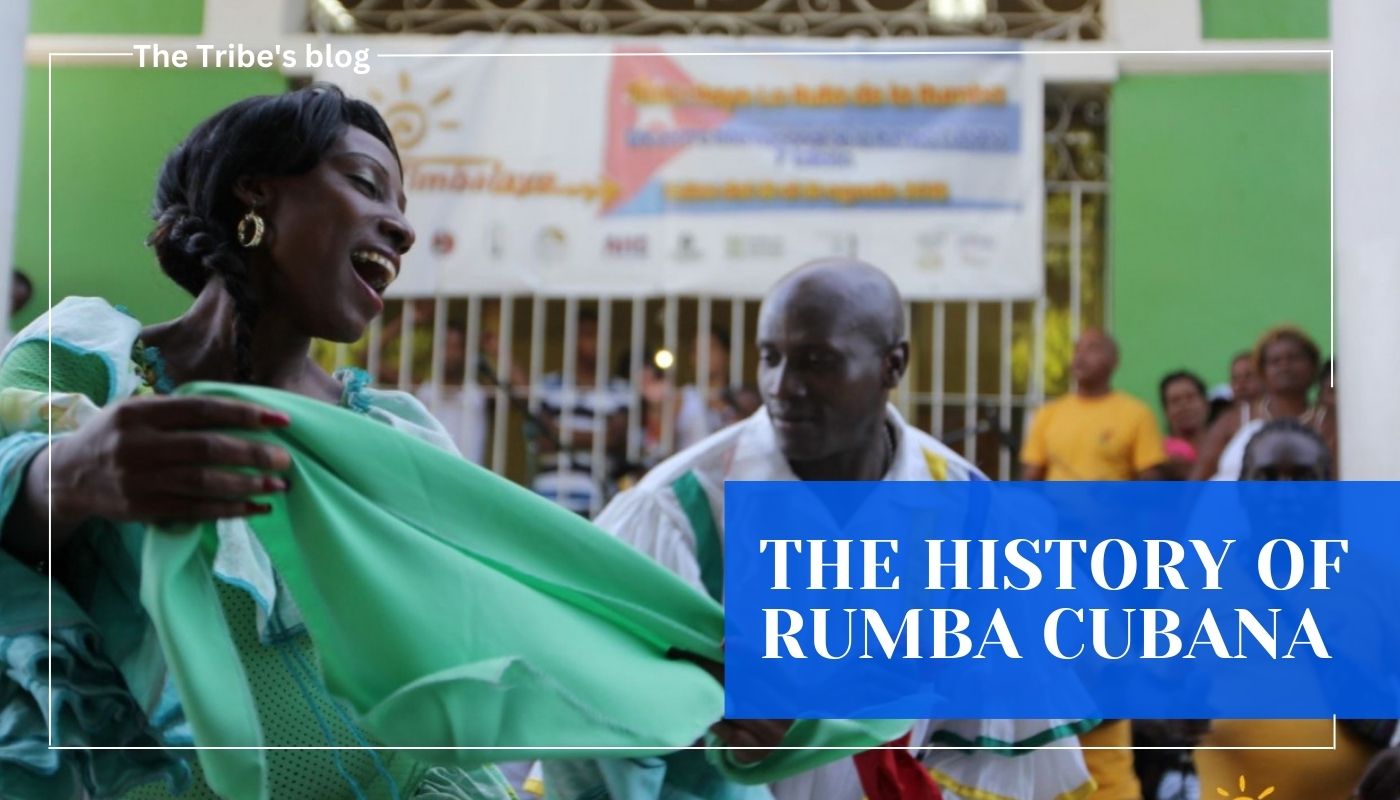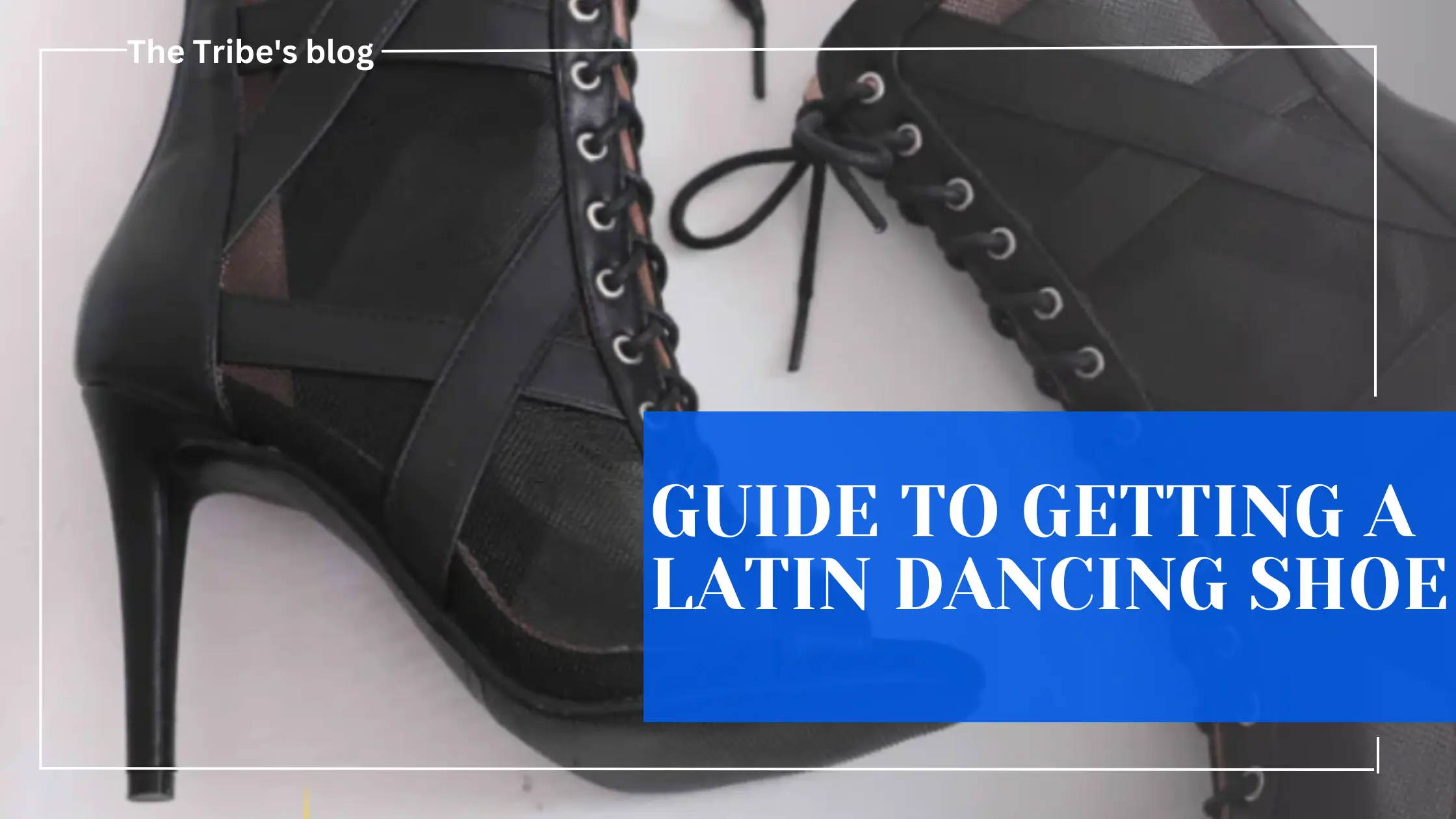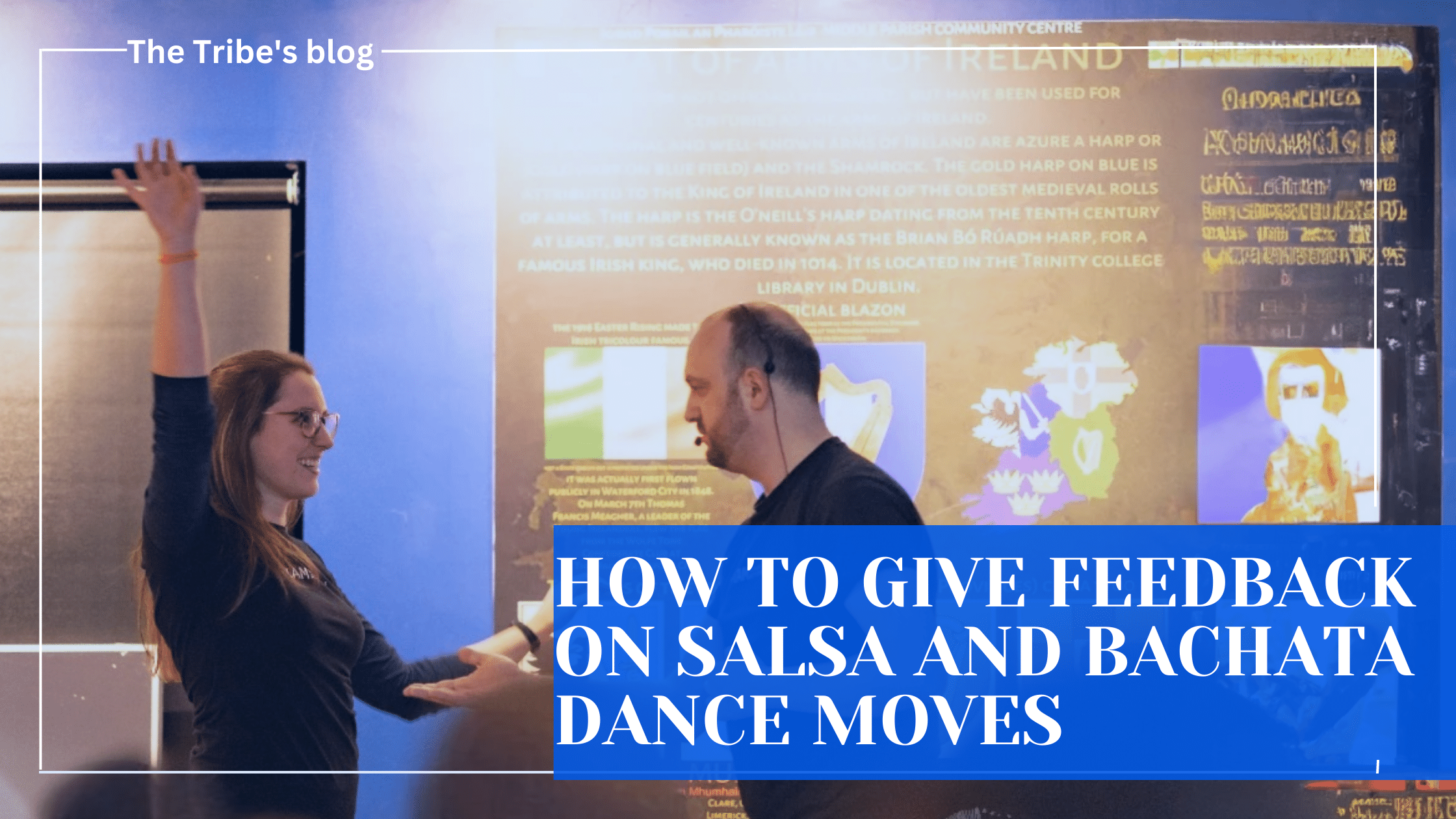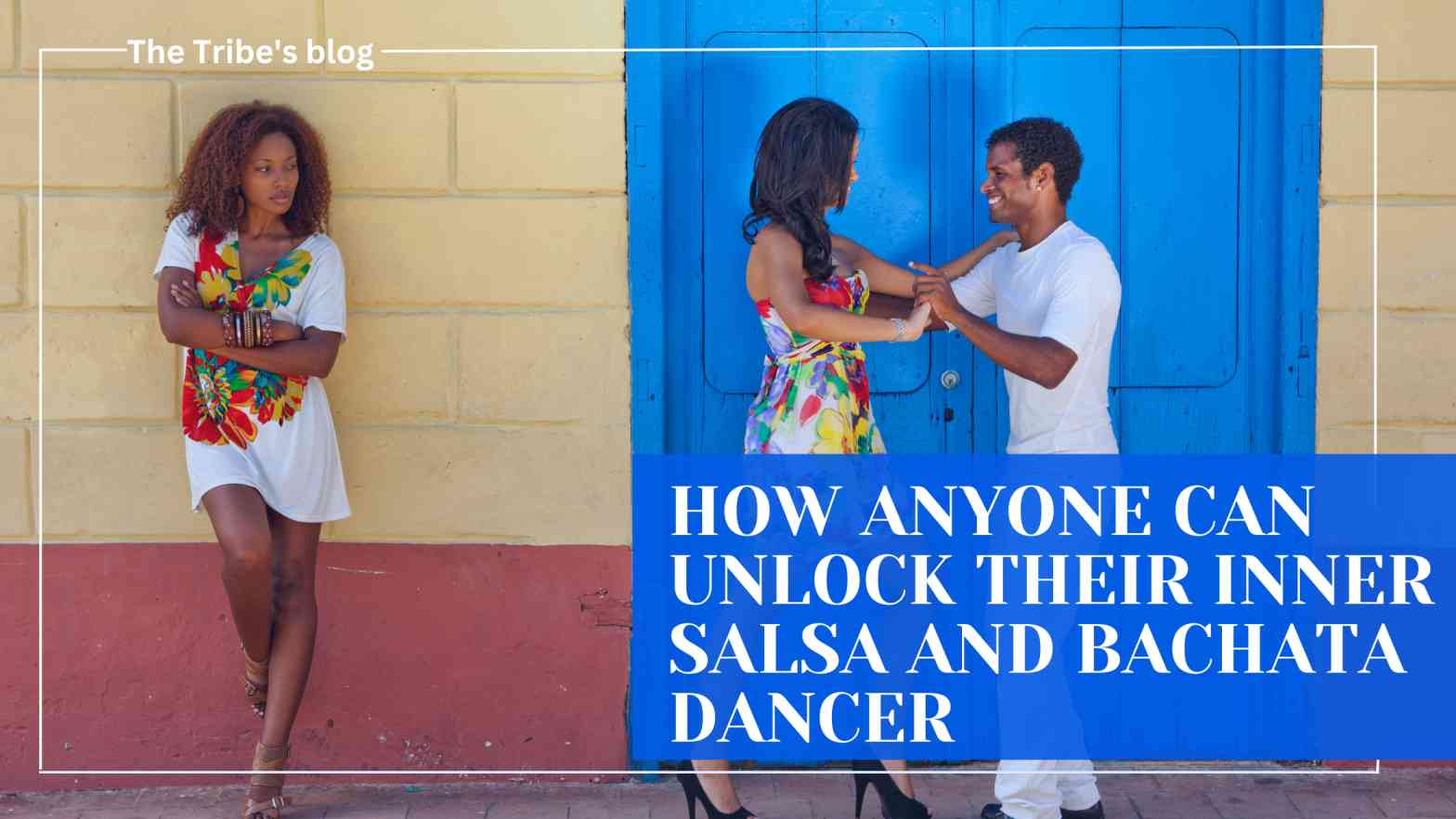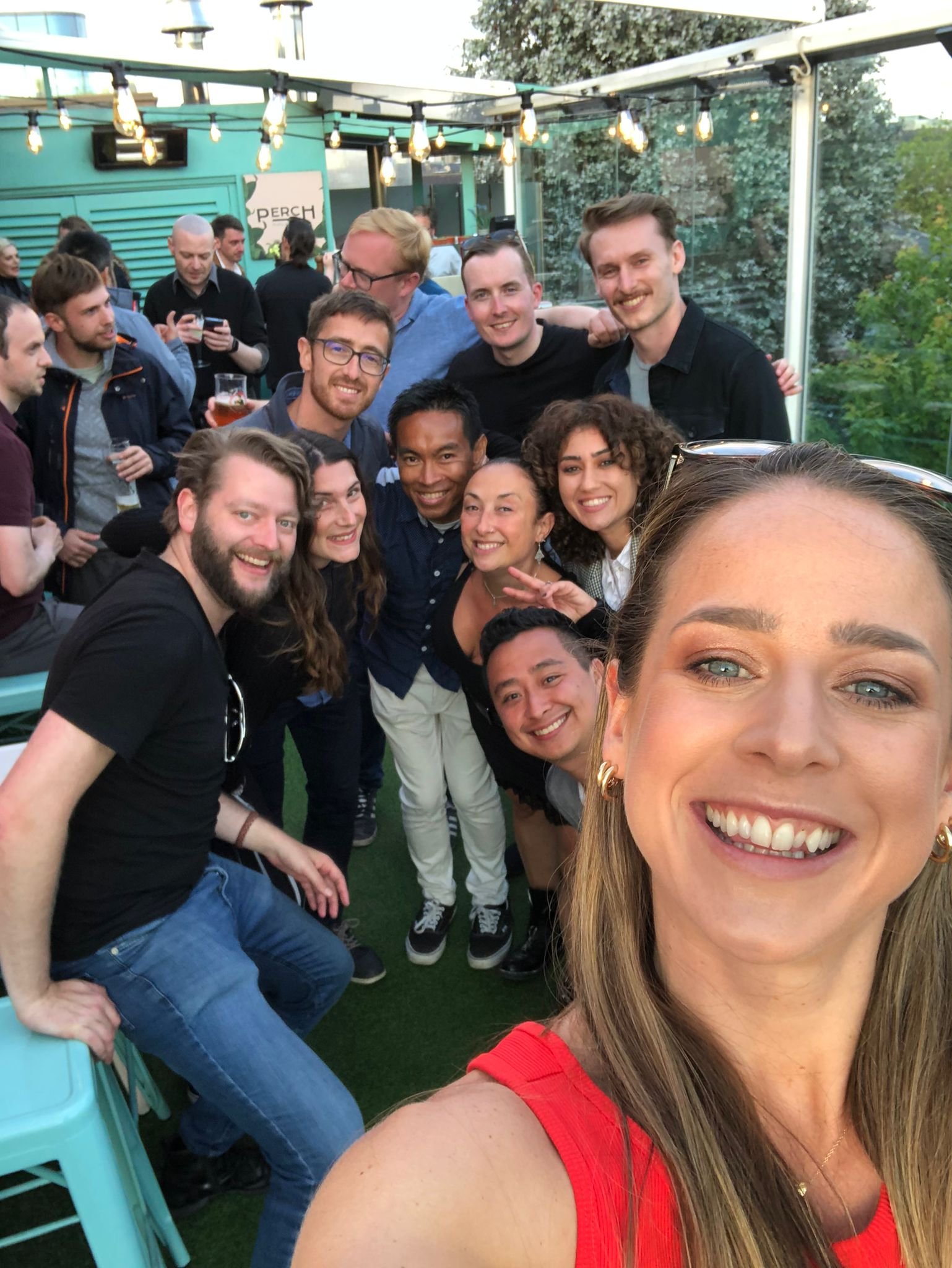Rumba was first introduced by African slaves that were brought to Cuba during the slave trade. The first African slaves arrived in Cuba in the early 16th century, though these early Afro-Cubans were small in numbers, as sugar plantations grew exponentially in the 18th century, there was a greater demand for labor, so African slaves were transported to Cuba in much larger numbers than before to work the lands. Over time rumba began to spread beyond the African style and became popular in Cuba.
It was these slaves who developed rumba music, though it wasn’t until the late 19th century, through the end of the slave trade that they were able to celebrate their musical heritage freely. It was however still seen as a dance for the lower class and was often associated with poorer neighborhoods, seen as communal and a street-based dance. In the early 20th century Rumba began to spread beyond the walls of Cuba and became popular all around the world, also became the favorite dance amongst Latin-American communities in both social and competitive dance scenes worldwide.
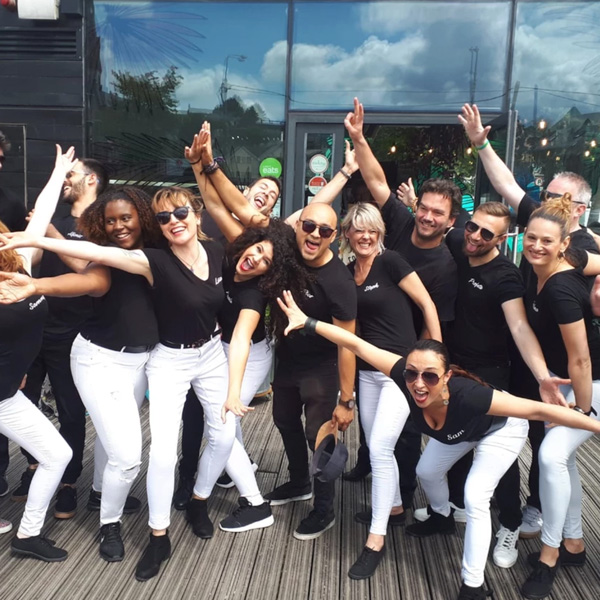
JOIN THE COMMUNITY!
DANCE WITH THE TRIBE
The free community to follow your passion and improve your skills...
- Content
- Articles
- Free lessons
- Tips
Rumba is not just one single style, there are three genres (guaguancó, columbia, and yambú) all of which are Cuban musical styles of direct African descent. While these three sub-genres are all classified as rumba, they are unique styles of music that must be approached as such.
Guaguancó is one of the partner styles of Rumba
It is a dance of sexual tension between a male and female, where the male attempts to “catch” the female’s attention with a single thrust of his pelvis, this movement is called the ‘vacunao’. The vacunao can also be shown by the gesture made by hand or foot. It is played in a 2/2 or 4/4 tempo giving it a moderate to fast tempo. It has been noted by other dance historians that the vacunao is found in other African-based dances and may be from the yuka, a secular dance of the Bantu tribe.
“The couple begins to dance…the male dancer is more active as he circles around her without touching her. The dance climaxes as the male attempts to give the vacunao when the female is unprepared to avoid it. Much of her dancing expertise resides in her ability to entice the male while skillfully avoiding being touched by his vacunao.” (Boggs 1992)
Yambú, is the oldest rhythm in Rumba
The origins of Yambu are the docks of Cuba, Yambu was created by playing the rhythm on crates and boxes. It is the slowest, most melodic form. The origin is believed to be in the slums of the province of Matanzas. As the oldest style, yambú was first played on wooden box drums called cajones, as African-derived drums were banned, the Cuban claves and a metal shaker called the maruga.
In addition, cucharas (spoons) were sometimes added, playing a counter rhythm to the claves. This counter rhythm would eventually be played by palitos (sticks) on a guagua (a horizontal piece of bamboo on a stand). This dance style is preferred by older people, characterized by slow, graceful movements, and focuses on storytelling and ritualistic elements. It uses the slowest beat of the three Rumba styles. It can be danced alone especially by women or by men. Although male dancers may flirt with female dancers during the dance, they do not use the vacunao of Rumba Guaguancó.
Columbia is a form of rumba that men traditionally perform
It is a single dance rather than a partner dance, with the featured dancer performing a more aggressive, irreverent version of the typical slow-quick-quick step. Columbia dance requires performers to execute difficult moves that require lots of physical strength. Men may also compete with other men to display their strength, confidence, and even sense of humor through this dance.
Rumba Columbia is a fast-paced and energetic Rumba
With a 6/8 tempo, which is often accompanied by a 6/8 Spanish ‘seis por ocho’ beat struck on a hoe or a bell. It is assumed that the Columbia originated in hamlets in the interior of Cuba rather than the suburbs of the larger cities from where other types of Cuban Rumba stem. Columbia also incorporates a lot of movements derived from Congo dances and the Spanish flamenco, and in modern times dancers have incorporated breakdancing and hip hop moves into this genre. When dancing Columbia, it usually stops when the singer decides that the best dancer has passed or there are no more challengers entering the circle. It is very demanding for musicians who have to maintain a high cadence for more than 30 minutes of the dance proceeding.
In conclusion
Rumba has transitioned from being a street dance to the big stages and modern world of the elite through the way it touches people’s lives and leaves a mark once you start to dance. It has become an art of living, speaking and even dressing. This dance expresses a deep sincerity and sensuality by connecting people of different backgrounds.
